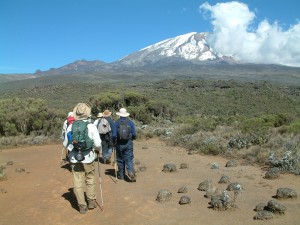The day begins with an early morning rise and a short walk, followed by a canoe crossing to the orangutan feeding platform at 8.30am. Everyone’s doing well to acclimatise to the heat and humidity today, rehydration sachets have quickly become everyone’s best friend!!
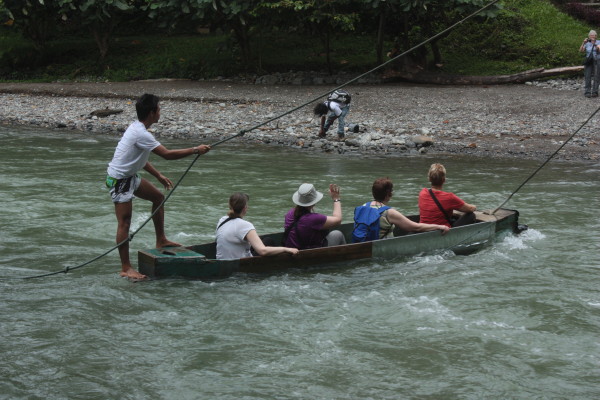 The Gunung Leuser National Park is one of the orangutan’s last remaining strongholds, with more than 5000 animals thought to be living in the wild, and our first encounter with the Pongo abelii, ‘the Sumatran Orangutan (http://en.wikipedia.org/wiki/Sumatran_orangutan) was certainly something to remember! The orangutan, the world’s largest arboreal mammal, means “people of the forest” (Orang – people, Hutan – forest) in Indonesian. We’re all tired from climbing the steep slope up to the orangutan feeding platform and paying too much attention to our feet, when suddenly the group comes to an abrupt halt. Being the last one in the group I later discovered that our path was blocked by a female Orangutan standing 3ft tall, fists clenched and refusing to move to let us through.
The Gunung Leuser National Park is one of the orangutan’s last remaining strongholds, with more than 5000 animals thought to be living in the wild, and our first encounter with the Pongo abelii, ‘the Sumatran Orangutan (http://en.wikipedia.org/wiki/Sumatran_orangutan) was certainly something to remember! The orangutan, the world’s largest arboreal mammal, means “people of the forest” (Orang – people, Hutan – forest) in Indonesian. We’re all tired from climbing the steep slope up to the orangutan feeding platform and paying too much attention to our feet, when suddenly the group comes to an abrupt halt. Being the last one in the group I later discovered that our path was blocked by a female Orangutan standing 3ft tall, fists clenched and refusing to move to let us through.
The Sumatran Orangutan Society have 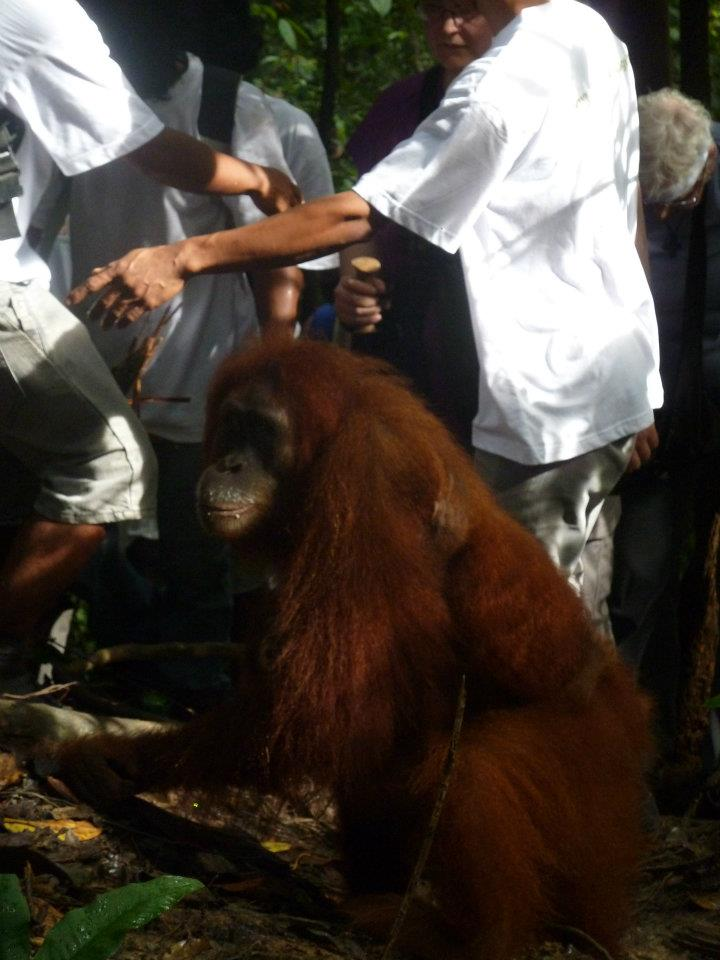 devised a set of regulations when visiting the Orangutans in the Gunung Leuser National Park and our first encounter showed us just how important these are. There are many guides who will try to entice the Orangutans with food so they come close to tourists. This actually teaches them to be aggressive if they don’t get what they want!
devised a set of regulations when visiting the Orangutans in the Gunung Leuser National Park and our first encounter showed us just how important these are. There are many guides who will try to entice the Orangutans with food so they come close to tourists. This actually teaches them to be aggressive if they don’t get what they want!
It is important to follow the guidelines and listen to the licensed guides at all times. (for more info see our Sumatra Jungle Challenge Q&A’s). All of our guides follow a strict code of no contact with the Orangutans. Some of our guides are also involved with research and conservation projects based in the area and are fully aware of the importance of following conservation guidelines, both to protect the jungle and the indigenous wildlife, but also to set an example to other guides and visitors.
It’s really a memorable experience to watch the orangutans in the tropical rainforest of Gunung Leuser National Park, but these animals need to be protected with care. The Sumatran orangutans (Pongo abelii) are rarer and smaller than their Bornean relatives, who have lighter hair and a longer beard. Today there are approximately only around 6,600 left in the wild, most of them in the provinces of Aceh and North Sumatra. The expansion of oil palm plantations into fragile Eco-systems 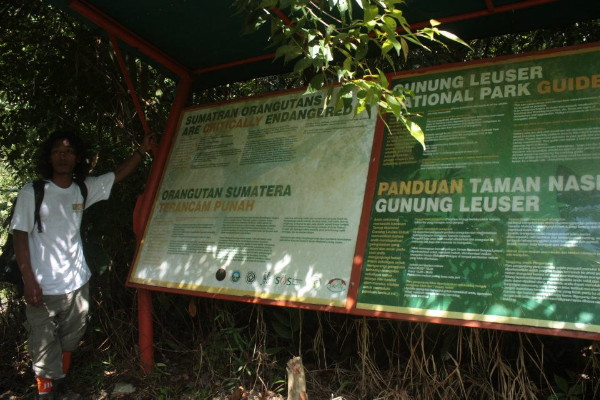 is the most acute threat to their survival. But also illegal logging and the pet trade add to their declining population.
is the most acute threat to their survival. But also illegal logging and the pet trade add to their declining population.
The purpose of the centre we visited was to rehabilitate orangutans in captivity so they can be released in to the wild again. Rangers teach the orangutans all the necessary skills to survive in the wild. After an intense period of quarantine, readjustment to the natural habitat and reintegration into the (semi-wild) population, the orangutan is released back into the jungle. All orangutans released are still monitored by the rangers and they still provide them with supplementary food at the feeding platform until they become fully self reliant. The Gunung Leuser national Park is also a life support for the people of Bukit Lawang. All Charity Challenge guides are employed by Expedition Jungle who is fully inclusive of the local population. Their viability depends on the knowledge of the people of Bukit Lawang as well as the natural and cultural environment. They also hope that by exposing tourists to the beauty of the rain forest and the current issues they can generate outside support and contribute towards highlighting the plight of Sumatra ‘s rainforests before it is too late!
Part 3 coming soon!
If Jo’s experience in Sumatra has inspired you, check out our Sumatran Jungle Trek here, and subscribe to this blog to hear about what happened next. To keep up to date on all our challenge news, both jungle and not, please enter your email address into the adjacent box to subscribe to our mailing list.

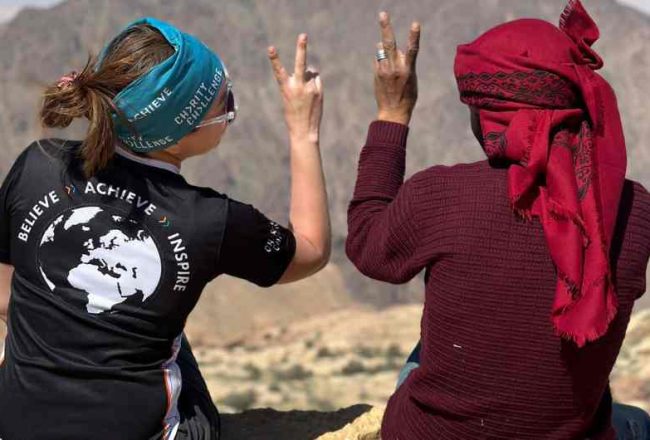

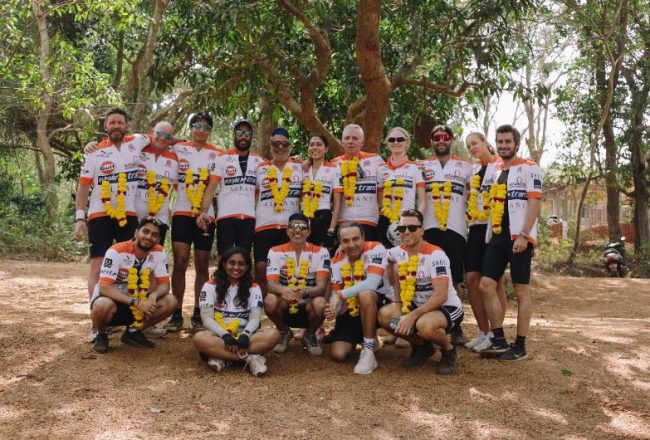
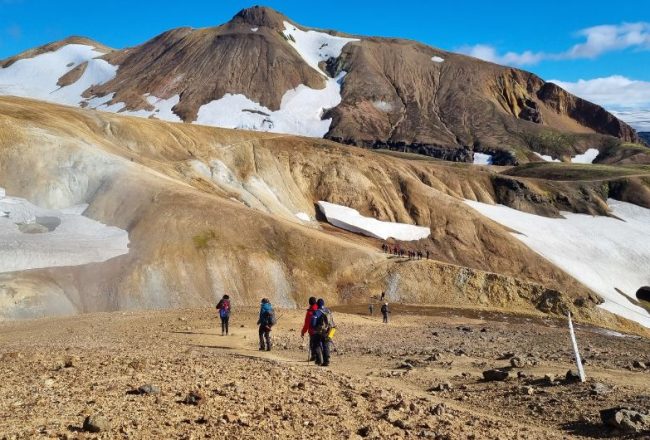
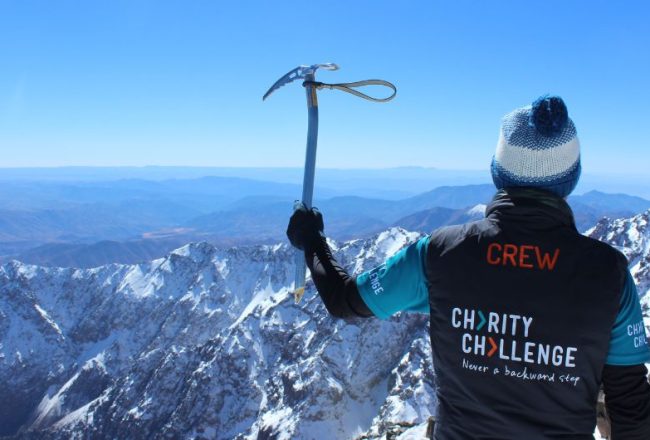

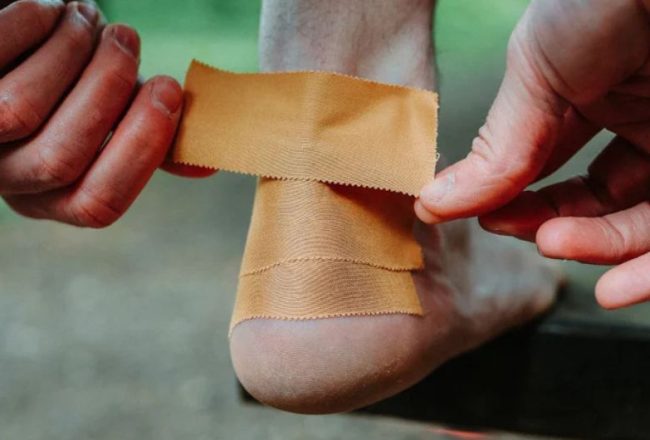








 more information on Climate Care and carbon offsetting, please click
more information on Climate Care and carbon offsetting, please click 